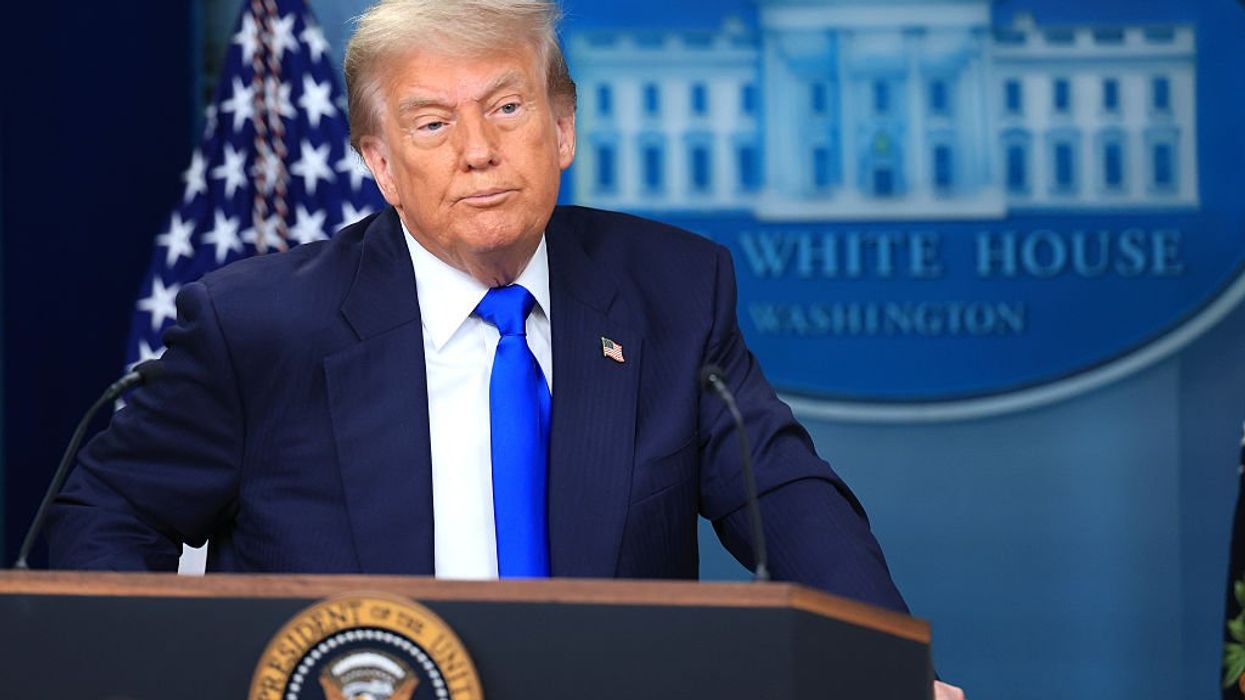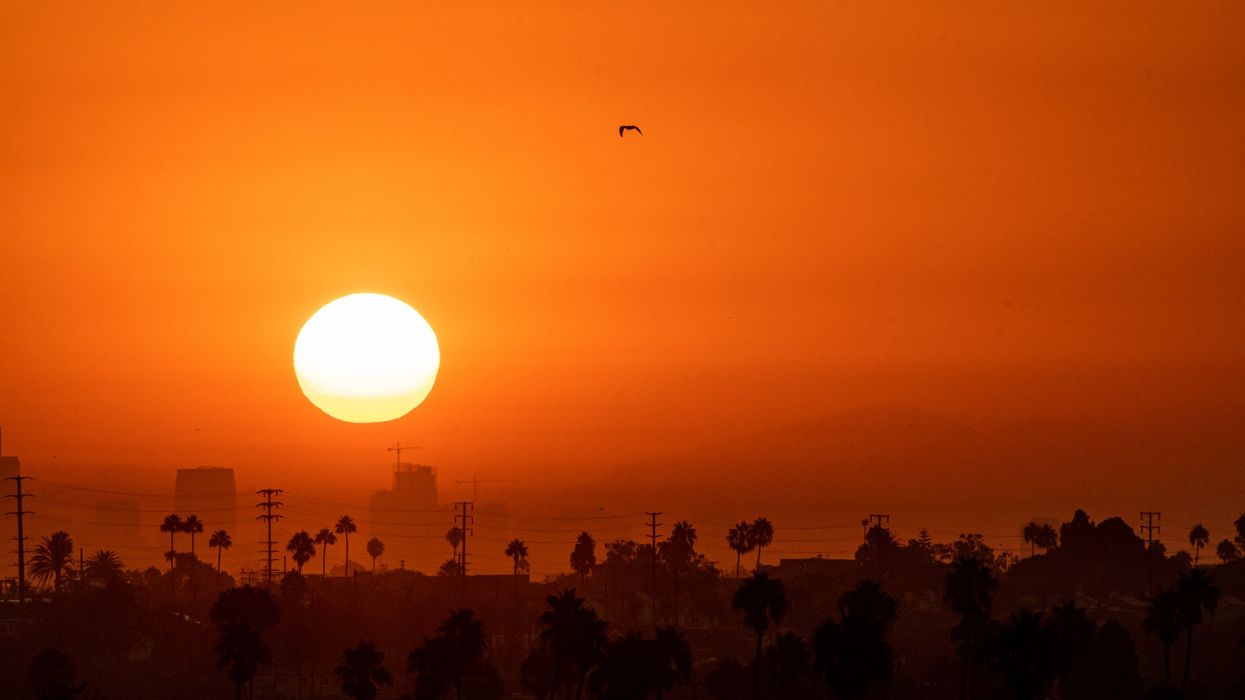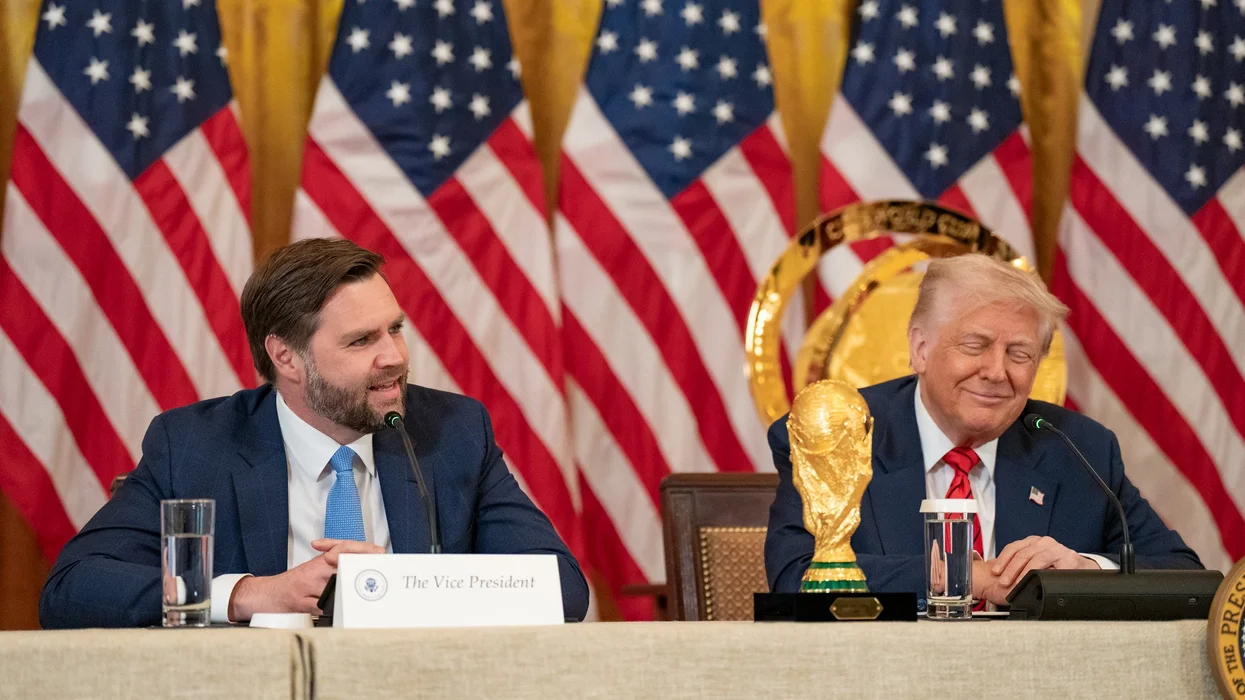
© 2025 Blaze Media LLC. All rights reserved.
Today marks the 67th anniversary of the Japanese acceptance of Allied terms for unconditional surrender in World War II. It was on this day (Aug. 15 in Japan) that Emperor Hirohito read out the Imperial Rescript on the Termination of War in a radio broadcast, announcing to the Japanese people that the government had accepted the Potsdam Declaration. The surrender came after the atomic bombings of Hiroshima and Nagasaki and the declaration of war against Japan by the Soviet Union.
Hirohito would make his formal surrender aboard the USS Missouri on September 2.

So what went on between August 14 and September 2? Here are a few things you might not know about this fascinating time in history...
1. Although the formal surrender of Japan did not occur until September 2, 1945 aboard the U.S.S. Missouri, the occupation of that nation began five days earlier when a team of 150 American personnel arrived at Atsugi airfield on August 28. They were originally supposed to arrive on August 25 but a Japanese delegation in Manila informed the Americans that several more day were needed to ensure that military resistors to the surrender could be disarmed. They were correct since a few days before the Americans arrived, Japanese pilots took off from Atsugi airfield and dropped leaflets on Tokyo and other cities urging resistance by the civilians. Fortunately those pilots were gone, along with any resistance, by the time the Americans arrived at Atsugi.2. The surrender ceremony aboard the U.S.S. Missouri on September 2 was carefully planned...except for one small but very important detail. The fancy British mahony table brought aboard the Missouri for the surrender was too small for the two large documents that had to be signed. In desperation, an ordinary table from the crew’s mess was drafted as a replacement. It was covered by a green coffee-stained tablecloth from a wardroom. After the 2 surrender documents were signed on the table, it was returned to the mess and was being set for lunch until the ship’s captain and others realized it was an historical object and removed for posterity.
3. There were 280 allied warships in Tokyo Bay when the surrender took place but no aircraft carriers. They were out at sea as a reserve force just in case the Japanese changed their minds.
4. There was a thick cover of low dark clouds over Tokyo Bay during the 20 minute surrender ceremony. Unfortunately, 2000 planes were scheduled to fly over the bay the moment the ceremony finished. However, at the last moment the clouds suddenly parted, as if in a Hollywood movie production, and the sun burst through allowing all aboard the U.S.S. Missouri to view the mightiest display of air power ever seen.

Click here for more.
Want to leave a tip?
We answer to you. Help keep our content free of advertisers and big tech censorship by leaving a tip today.
Want to join the conversation?
Already a subscriber?
more stories
Sign up for the Blaze newsletter
By signing up, you agree to our Privacy Policy and Terms of Use, and agree to receive content that may sometimes include advertisements. You may opt out at any time.
Related Content
© 2025 Blaze Media LLC. All rights reserved.
Get the stories that matter most delivered directly to your inbox.
By signing up, you agree to our Privacy Policy and Terms of Use, and agree to receive content that may sometimes include advertisements. You may opt out at any time.





